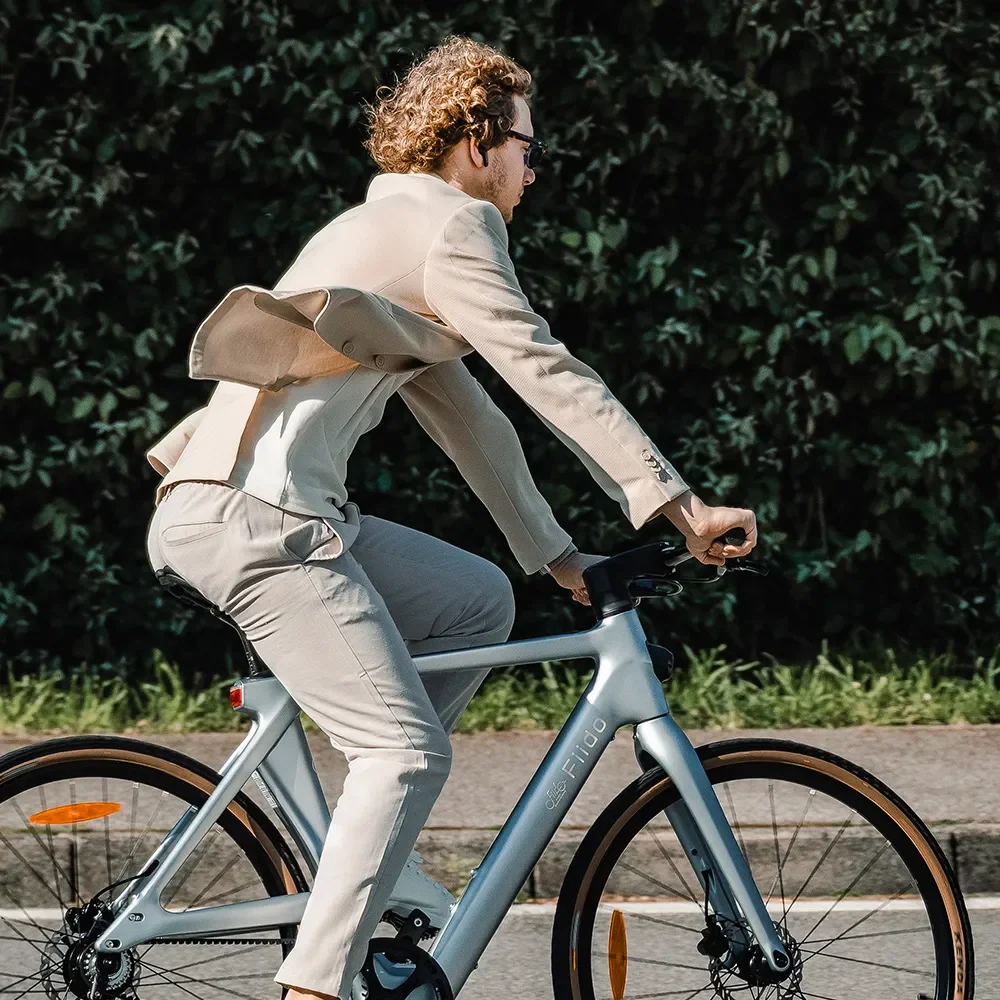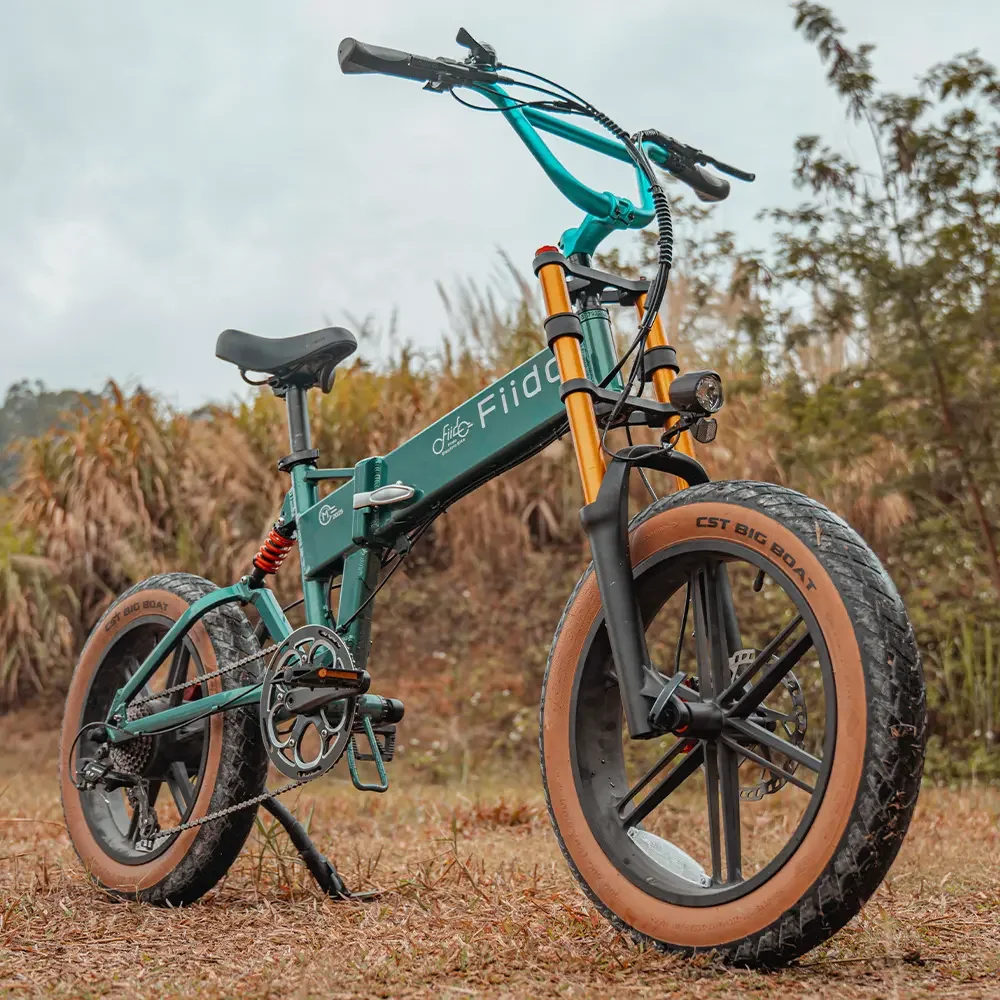The Evolution of E-Bikes: A Brief History
Electric bicycles, commonly known as e-bikes, are no longer niche. From London’s commuter lanes to countryside trails, electric bikes have become an integral part of how we move. But how did we get here? The story of e-bikes stretches back over a century, shaped by groundbreaking innovations in battery tech, motor systems, and smart design.
This article explores the fascinating history of e-bikes, tracing their journey from experimental inventions in the late 1800s to the sleek, app-connected machines transforming city transport today. Whether you’re already riding one or just curious about where electric bicycles in London are heading, understanding this evolution offers context for today’s tech, and a glimpse of what’s next.
Let’s cycle through time.
When Were E-Bikes Invented? A Ride Through the Past
1890s - The Electric Dream Begins
The earliest known patents for electric bicycles date back to the 1890s, when inventors in the US and Europe began experimenting with motors powered by lead-acid batteries. These early bikes were innovative for their time, often using rear hub motors or even friction rollers applied to the wheel.
However, these designs were heavy, unstable, and expensive to produce. One early model weighed over 90 kilograms. Nevertheless, the concept had been born, and some of these rudimentary ideas live on in today’s e-bike engineering.
The 20th Century Stall
Despite early enthusiasm, the electric bicycle remained mostly experimental throughout the early to mid-20th century. The automotive boom and mass adoption of petrol-powered transport meant there was little commercial interest in electric alternatives.
It wasn’t until the late 1980s and early 1990s that technological limitations began to be addressed.
The E-Bike Reawakens - 1990s to 2000s
The Battery Breakthrough
The turning point came in 1991 with the invention of the lithium-ion battery, which offered lighter weight, longer range, and faster charging compared to lead-acid or nickel-cadmium alternatives. E-bikes suddenly became a practical commuting option.
Japan and China led the early commercial adoption, with China now accounting for over 80% of global e-bike ownership, thanks to high-density cities and rising environmental awareness.
Urban Mobility Meets Technology
By the 2000s, brands began integrating sophisticated motor controllers and pedal-assist sensors. Bikes became more intuitive, offering a natural boost rather than a jarring on/off experience.
The Modern Era of E-Bikes - 2010s to Today
Design Meets Function
The 2010s saw e-bikes evolve from bulky gadgets to beautifully designed machines. Mid-drive motors became the gold standard for balance and efficiency. Torque sensors, better gearing, and sleek integrated batteries made them nearly indistinguishable from traditional bikes.
Brands like VanMoof, Gocycle, and Surly helped drive this shift with ultra-modern, connected designs. Their smartphone apps, GPS tracking, and even anti-theft features revolutionised how people interacted with their bikes.
Key Technological Advancements
-
Lithium-ion cells now deliver 50-150km per charge, are lighter, and last for thousands of cycles.
-
From hub motors to mid-drive systems, motors are now quieter, stronger, and more responsive to terrain and rider input.
-
Integrated torque and cadence sensors adjust power output based on pedalling force for a seamless experience.
-
Control your bike remotely, track theft, diagnose faults, and fine-tune performance via your smartphone.
-
Some modern e-bikes use regenerative braking to recharge the battery while descending or slowing down.
E-Bikes in the UK - Market Growth & Commuter Revolution
In the UK, especially in London, e-bikes are being embraced as a clean, congestion-free alternative to public transport or cars. According to Mintel, nearly 1 in 4 UK cyclists now own or have considered buying an electric bike.
Factors driving this boom:
Congestion charges and ULEZ expansion across London
Increasing fuel prices
Cycle-to-Work schemes now covering e-bikes
More protected cycle lanes and bike-first infrastructure
The rise of last-mile delivery, especially during and after the pandemic, has also made e-bikes indispensable for businesses.
Real-life example: At Forbidden Cycles, we’ve seen an uptick in riders from all over the UK, and even Paris and Berlin, seeking expert VanMoof repairs and servicing. These smart e-bikes require specialist knowledge that most UK bike shops don’t offer, making our mobile setup and unique access to parts a crucial lifeline.
Who Rides E-Bikes Today?
E-bikes aren’t just for the tech-savvy. Today’s riders include:
City commuters - beating the traffic with pedal-assist support
Older cyclists - enjoying longer rides with less strain
Delivery riders - covering more ground, more efficiently
Eco-conscious consumers - cutting their carbon footprint
Casual weekend riders - exploring further without fatigue
With step-through frames, easy-mount options, and integrated safety tech, modern e-bikes are more inclusive and accessible than ever before.
What’s Next in E-Bike Technology?
Looking ahead, these emerging trends will shape the future:
Solid-State Batteries - even lighter, faster-charging cells
Swappable battery networks - already in testing in Asia
AI diagnostics - detecting faults before they happen
Smart helmets - integrating lights, signals, and communications
E-bike-only infrastructure - more cities are planning dedicated lanes
The next generation of electric bicycles may even be solar-powered or powered by ultra-efficient fuel cells.
Discover High-Tech E-Bikes in London With Forbidden Cycles
Thinking about joining the e-bike revolution? Whether you're commuting in London, upgrading your VanMoof, or exploring custom builds, Forbidden Cycles is your local expert in electric innovation.





